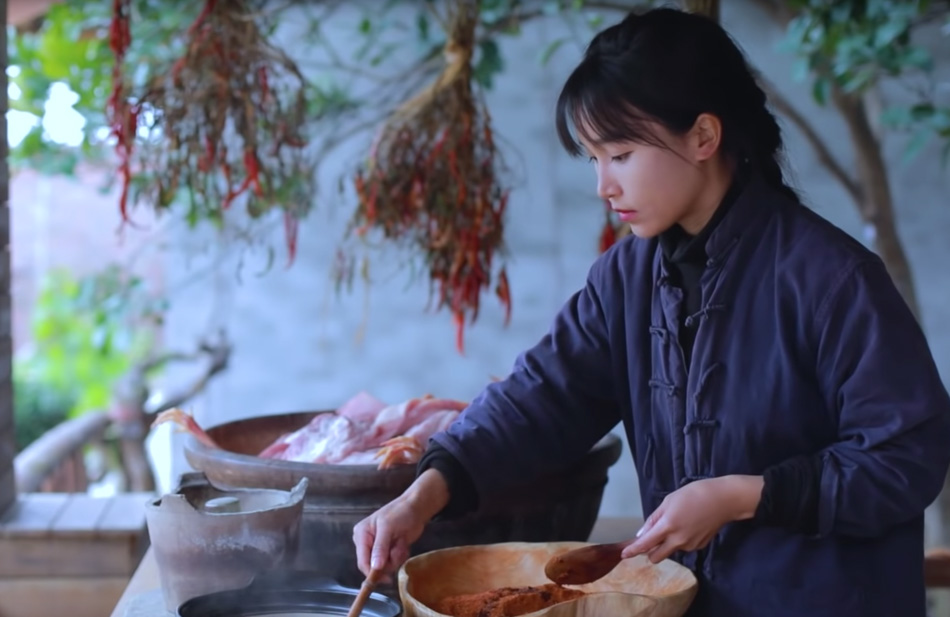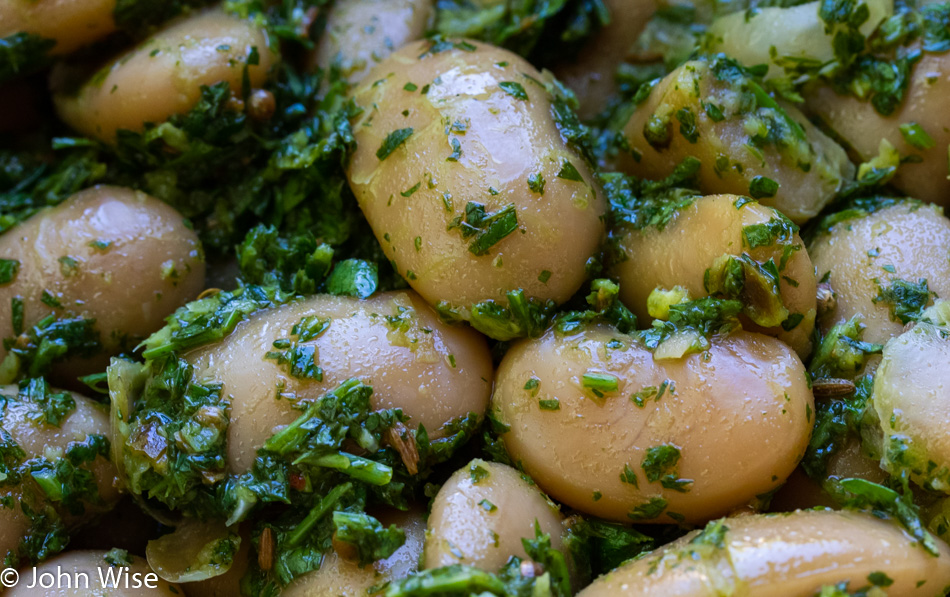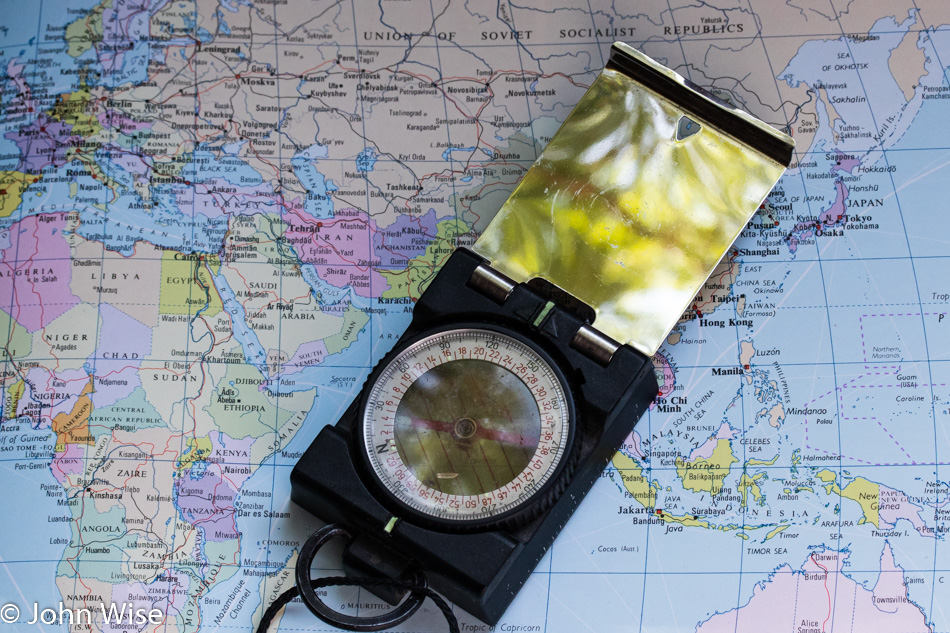
Warning: My apologies upfront to those who may feel I’m making a VERY poor analogy in this blog entry that appears to be drawing similarities between one of the most heinous acts of the 20th century with our current epidemic. I must insist that I’m not trying to equate our current situation with the tragic events from World War II, but I am trying to strike a chord of relevance and contrast of the violence manifested upon a people due to their religious beliefs back then and that a kind of intellectual holocaust has been waged against the American mind over the past 50 years. It is not meant to be implied that the Nazis’ attempt to exterminate a people is in any way equal to our current moment, where the situation surrounding a pandemic is requiring people to self-isolate and take precautions to protect others’ lives. By using such an egregious moment out of history, I meant to provoke the idea of the futility of trying to perceive a new day when it seems that all hope is lost. Out of my experiences, I cannot see another time in the last 100 years that affected humanity as deeply as the carnage of World War II. Let me reiterate: I am not suffering at the direct hand of madmen; I’m trying to say below that I feel imprisoned in the straightjacket of a society bent on manifesting the horrors of stupidity and that I cannot see what life might look like on the other side.
I cannot find my intention at this time of great uncertainty other than living without contracting COVID-19. There are no plans about life away from home as we do not know how we’ll recapture the social order of being in public. While I could direct my attention to returning to what was, that would be foolish as that modality of existence is now extinct. Those not understanding this rupture, in reality, are currently increasing the envelope that COVID-19 inhabits and are putting at risk large swaths of society. Should a vaccine arrive in the next six months, I do not believe that by the time humanity embarks on new journeys into our world, they’ll be going about their travels as they had in 2019. I admit that I have no real basis for making this type of supposition beyond my weak understanding of history and how events have played out over the course of time.
For those who are unaware of the term “phenomenology,” the best description I’ve found is from the Stanford Encyclopedia of Philosophy, which states: “Phenomenology is the study of structures of consciousness as experienced from the first-person point of view. The central structure of an experience is its intentionality; it is being directed toward something, as it is an experience of or about some object.” An example of how this relates to life after our current pandemic might be something like this: you cannot know how and when you might be in Italy again after global travel restrictions are lifted, and even when they are, will you be able to visit St. Peter’s in the same way as before, or eat in a crowded restaurant? It’s easy to assume that we’ll return to what we’ve known, but there is no good reason to think that will in any way be possible. So, even if you should be able to visit Rome, you may be having an experience that is miles away from what it had been. This shift will change the nature of expectations, and the previous laissez-faire travel attitude could be a relic of another age.
It’s a given that life could just return to its treadmill existence should a bulletproof vaccine show up that can be manufactured quickly, but there is some likelihood that this will never happen. In that situation, I’m curious, once we start experiencing our altered future, how will we start to rewrite the narrative of what our trajectory is? How will our intention find its footing?
The person I’d most like to talk to about this would be a concentration camp survivor. After witnessing so much barbarism, death, loss of hope, and resigning themselves to the idea that they’d likely die in such a cruel place, what was the adjustment to “normal” life like after the camps were liberated? While I can in no way equate our situation to the insane environment of the Nazi death camps, I will take the chance to be just stupid enough to draw some very weak parallels. The barbarism practiced against the Jewish people of Europe in World War II, I’ll try to equate to the stupidity of our media-saturated, undereducated masses that must be endured by many. Death comes in the form of the disease of violence, racism, lack of social safety net, poverty, and illness that ravage people unable to afford an escape. The loss of hope is all around us, and yet we apparently do not have the needed momentum required to demand real leadership, nor do we have the knowledge to know what that might look like. Finally, I’ve nearly accepted that our jingoistic banality will smother me with its brand of wretched anti-intellectualism as it tries to suffocate the thinking out of people. Without a dream of freedom, both intellectual and movement-wise, I feel that many in our society are prisoners of their situation.
Now that I’ve drawn such a repulsive analogy from what was truly a period of horror compared to our own vapid time of pandemic ignorance, I can admit that I do not have the ability to see beyond the barbed wire of modern propaganda and cannot imagine what life might be like in a post-Boomer liberated land where selfishness and hate have ruled for too long. So, my first-person view of the future is stunted. It’s as though as this coronavirus struck us, it threw us in a kind of weak prison camp or maybe it just woke us up to the fact that many have been there all along. It didn’t occur to me that this is where many around me might be living as Caroline and I had the ability, desire, and means to venture out of routines into 952 days of travel over the past 20 years. That’s 214 times we left the Phoenix area to go out and do something other than being at home. Our vacation time per year was averaging 48 days. Without the distraction of television, interest in professional sports, or the lives of celebrities, we easily afforded ourselves a filter that made our lives look charmed in our view. Little did we know or quite realize that other people’s treadmills now appear like this self-isolation routine to us.
Sure, they had gym memberships, episodes of their favorite series, season tickets to whatever team they professed their love for, and bars in which to drown the sorrows that come from an unrealized life that is a product of the larger product that informs them as to what their lifestyle is supposed to be. Now they are without their life-support systems just as we are cut off from travel, but instead of lamenting how dearly we’d enjoy a trip to the Oregon coast right about now, we are on other adventures that involve our hobbies, our minds, and our culinary curiosities. But out of my curiosity, I’m trying to map our path to where we might be headed six months or a year from now, just as I’d map our travels, sometimes 18 months into the future.
I can’t see out more than a few weeks at best right now. Maybe if we had leadership in America, there could be something to hang a hat on and hope that our collective efforts might produce the kind of result that will allow us to even have a future. At this time, our tomorrows are clouded by a moribund stupidity that has calcified a recalcitrant man and body of government into stasis. While out here in the woods of curiosity, I become the pariah, the wolf, the untamed beast that is a danger to the soft, petulant horde that holds up its bravado with a clenched hand clinging to a gun that lends the idiot strength of force instead of force of mind.
We are at a profound turning point, and we don’t know it yet. The collective delusion of seeking out a return of yesterday is part of the old windbag’s song of making something great again when what was never returned due to humanity always having to face the new day. Our psychosis and fear of the future are blocking the people of America from embracing the necessary change that is inevitable. Just as the Nazis terrorized people of Jewish ancestry and stole not only their dignity but their hope for a better day, our greed, fear, and selfishness have stolen America’s dream for a better tomorrow. Sadly, there is likely no force aside from Martians that could possibly defeat our bulwark of dim-witted, incoherent, feeblemindedness unless we find it within.





